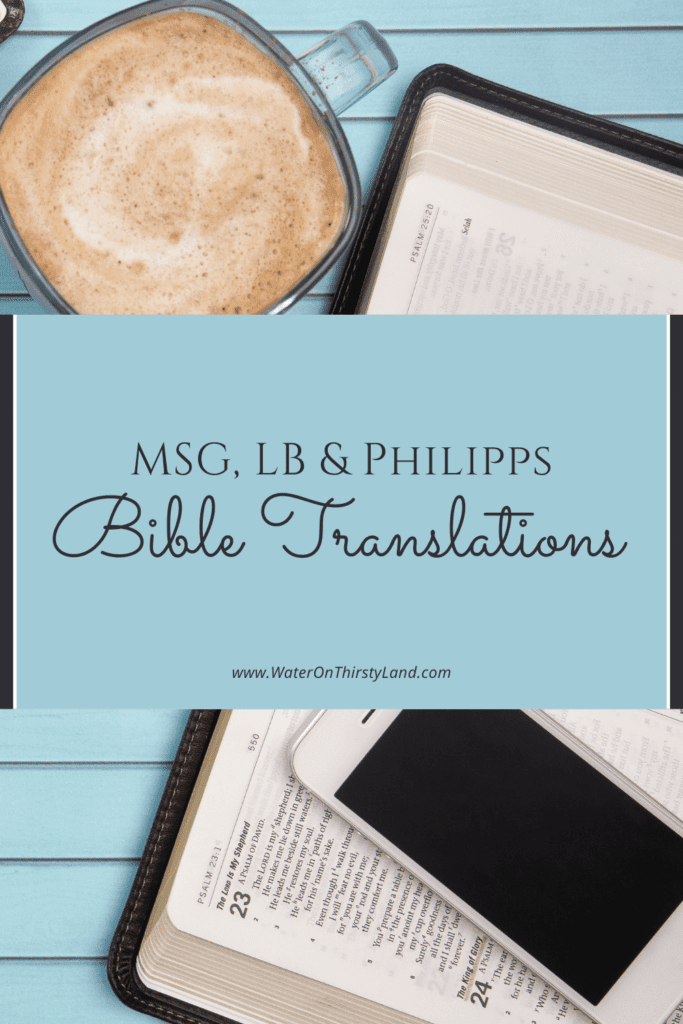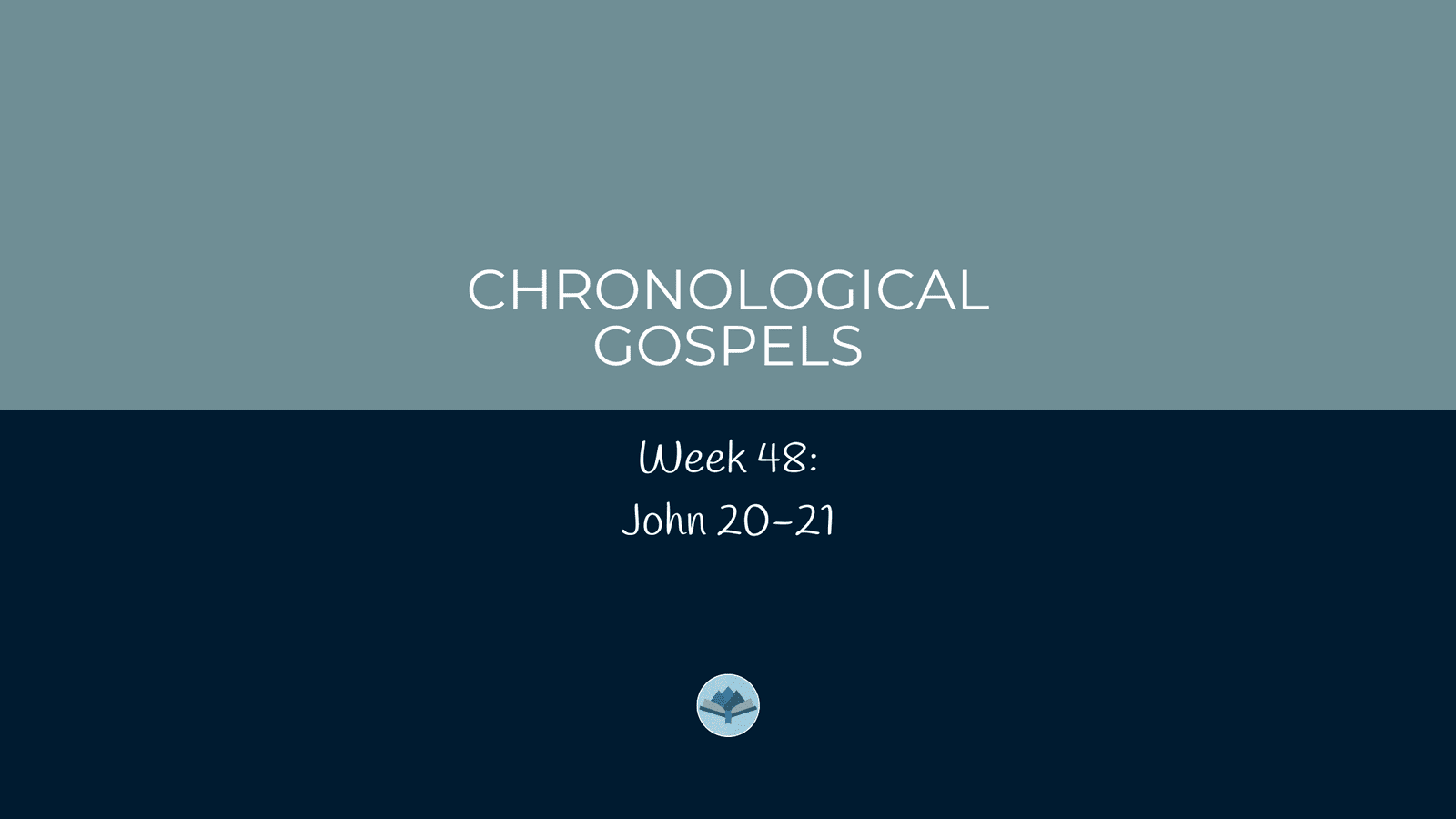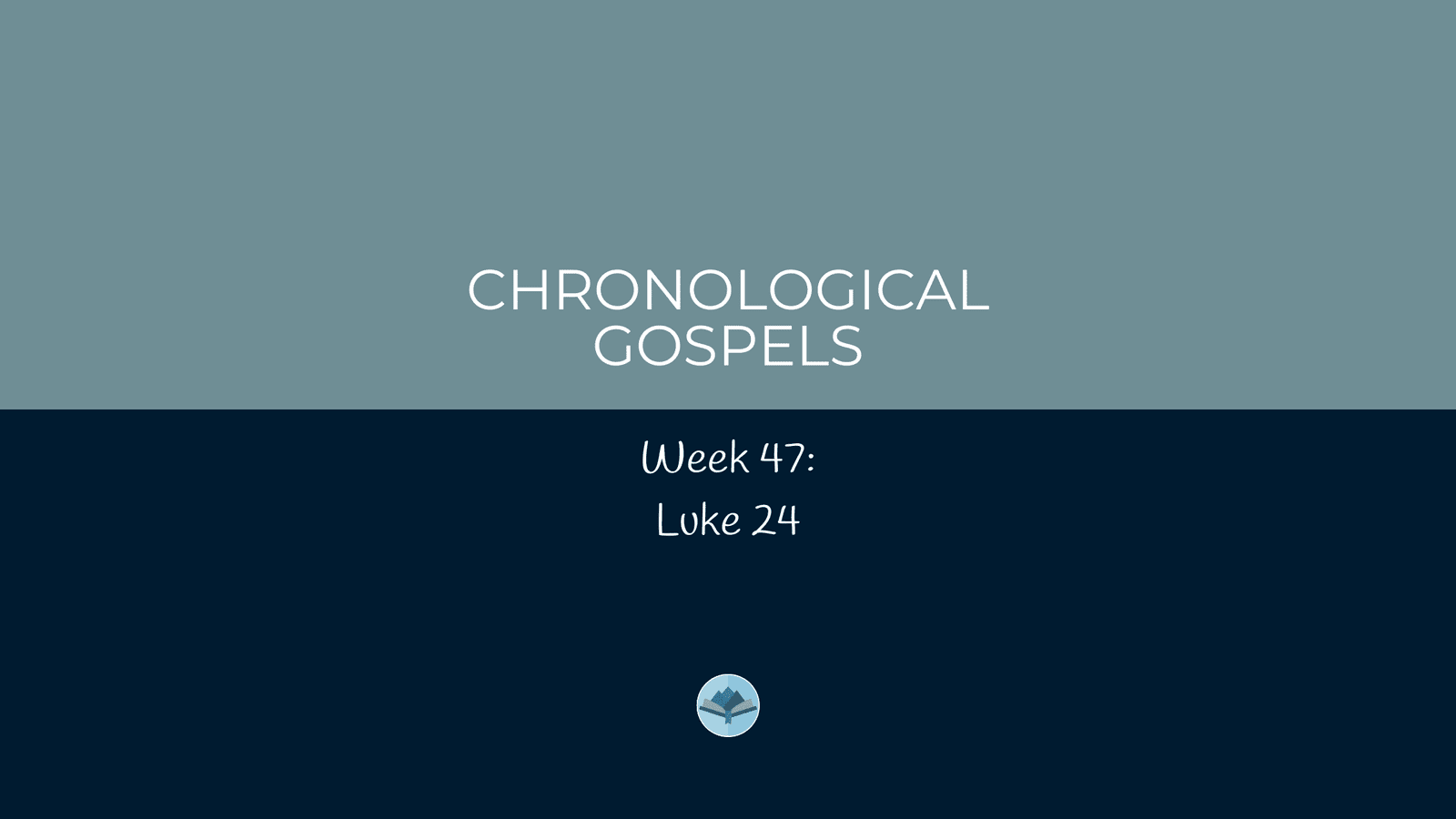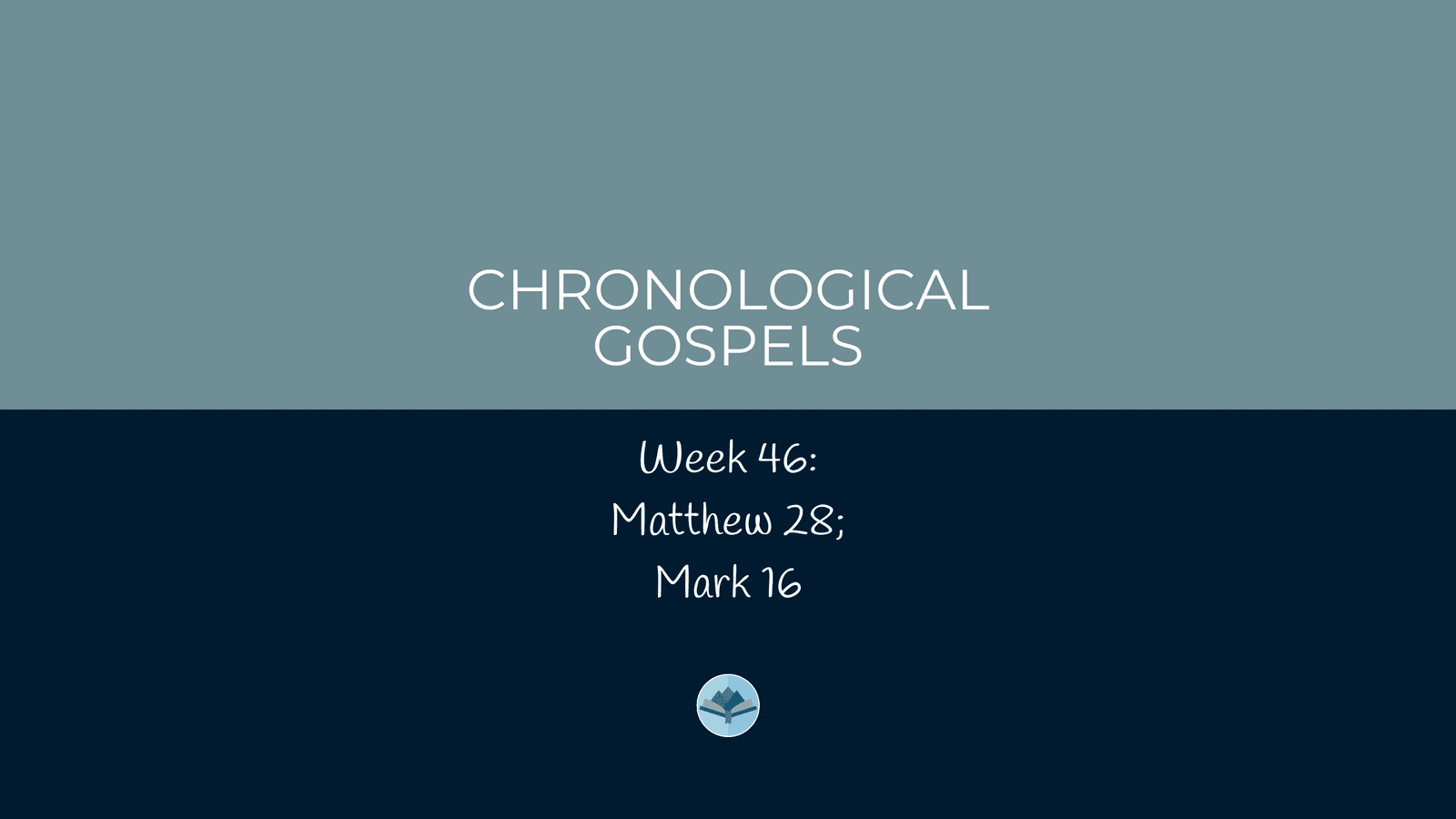What is the Philipps Bible translation?
The Philipps translation is a paraphrase translation by J.B. Phillips, an English clergyman who was well known within the Church of England for his endeavor to bring the full force of the original message into modern English.
The Philipps translation was published in pieces;
- 1947, “Letters to Young Churches”, the epistles
- 1952, “Gospels in Modern English”, the gospels
- 1955, “The Young Church in Action”. Acts
- 1957, “The Book of Revelation”, Revelation
- 1958, complete New Testament
- 1961, revised New Testament
- 1963, “Four Prophets: Amos, Hosea, First Isaiah, Micah: A Modern Translation from the Hebrew”, a paraphrase of Isaiah 1-39, Hosea, Amos, and Micah
Philipps’ translation was originally written for his youth group. It was later published widely due to popular demand. Phillipps works to fully involve the reader in the dramatic events and teachings throughout scripture.
What is the Living Bible (LB) Bible translation?
The Living Bible (LB or TLB) strives to simply restate what the original texts mean and expand scripture. The goal it to improve clarity for the modern reader. In 1962 Tyndale House Publishers was formed in order to begin working on the LB, which was published in 1971 by Tyndale House Foundation.
The mission of Tyndale House Foundation, to spread the Good News of Christ throughout the world, has led the foundation to publish not only LB but Bibles in NLT, as well as Christian children’s books, fiction and nonfiction, and other works. The LB used the ASV as its base text and also referenced KJV and various Greek texts.
Who primarily uses the LB translation?
LB is widely received by Evangelicals and youth-focused Protestant groups. Billy Graham even received a copy of the Living Letters, the NT of the LB, in 1962. He was apparently so impressed that he requested to print 50,000 copies to use during his crusades. Graham ended up distributing over 600,000 of the Living Letters the following year.
One fascinating thing about LB is that there is also a specific Catholic Living Bible that includes the Deuterocanonical books, and an introduction titled “Why Read the Bible?” from Pope John Paul II. The Catholic and later Protestant versions of the LB list “Thought-for-Thought Translation” on the title page rather than “paraphrase” on the cover.
LB was so successful that it reached the top of the best-seller list in the early 1970s. This was due to the modernized language of the translation being so easy for people to understand at earlier reading levels, or having little to no experience or knowledge of the Bible. It was such a success that Tyndale House Publishers ended up inviting 90 Greek and Hebrew scholars to help them revise LB in the late 1980s. This ended up becoming what we now call the New Living Translation (NLT).

What is the Message (MSG) Bible translation?
The Message (MSG) translation came about due to Eugene Peterson’s realization that his congregation was not captivated by Scripture the same way he was. He wanted to provide them with a translation that engaged and captured readers. Peterson attempted to bring the idioms and rhythms present in the original texts into an English version.
MSG was published in segments from 1993 to 2002. Peterson translated straight from the original texts without referencing other English translations. Doing this his goal was to capture the passion felt by the original authors and the meanings behind the scriptures in the conversational format of the original Greek.
MSG is an incredibly modernized paraphrase of scripture. With the change of language, meanings of words, new words coming in and old words becoming irrelevant the MSG has been updated to keep it relevant and fresh with the changing cultures.
Should I use the Philipps, LB or MSG translations?
These paraphrase translations were created to make reading the Bible easier for the everyday person, youth, as well as those with little to no experience reading or studying the Bible. They are designed to be easily read and understood by readers at every reading level to feel connected to scripture.
With that in mind, they are far from literal translations. They rely on the translator’s interpretations of the feelings and ideas of the original texts. Paraphrase translations should not be the only translation used. These translations should always be used as a companion to another translation of the Bible.





